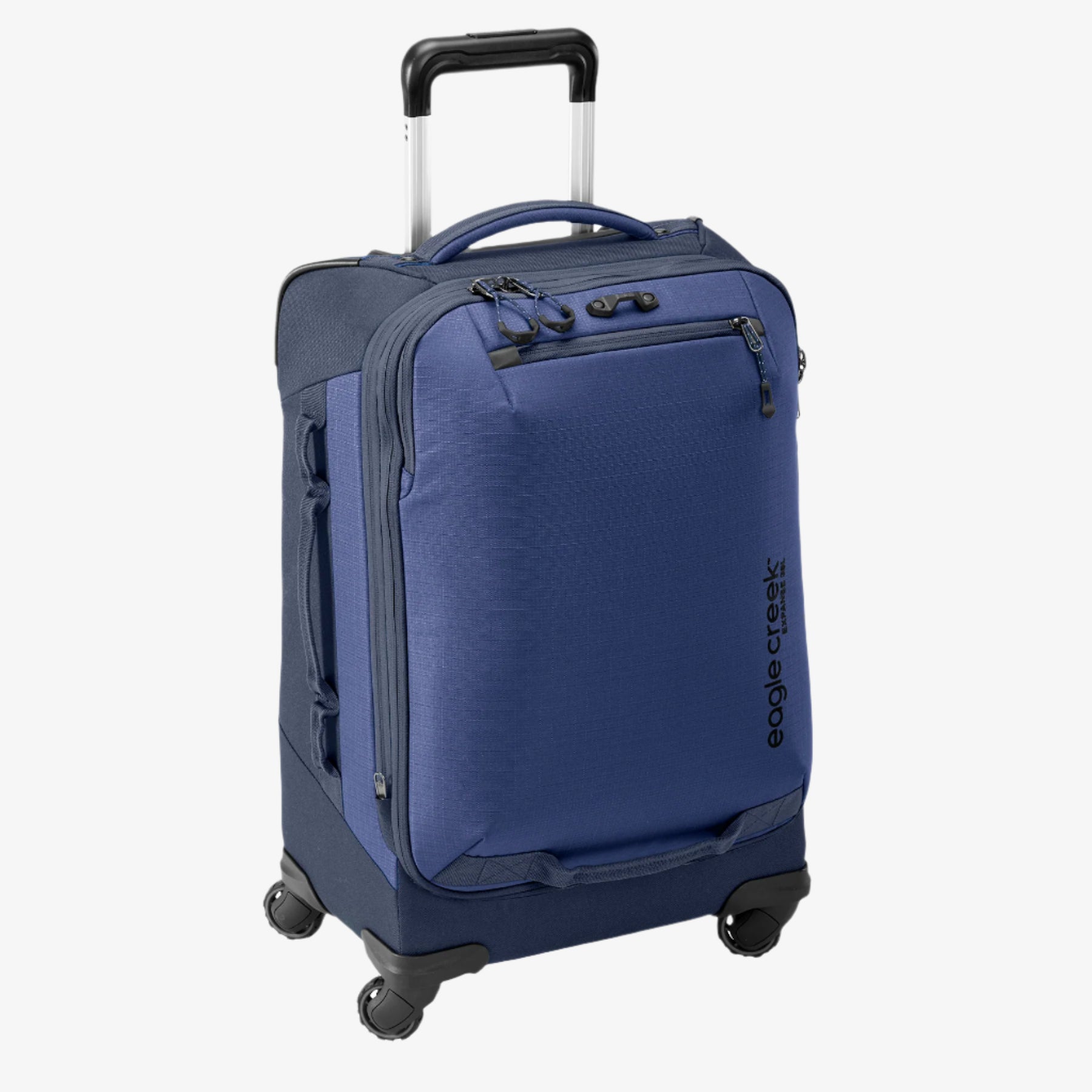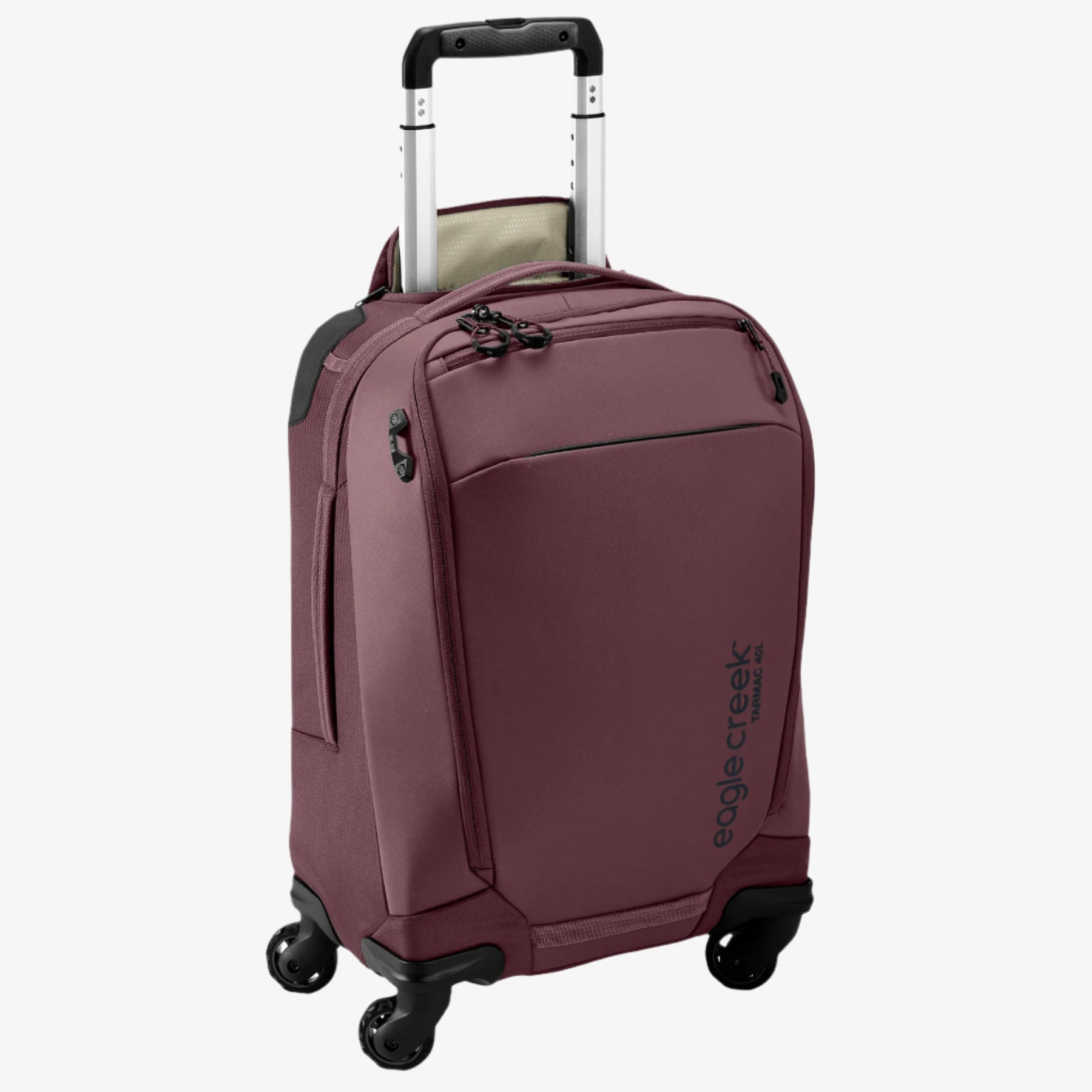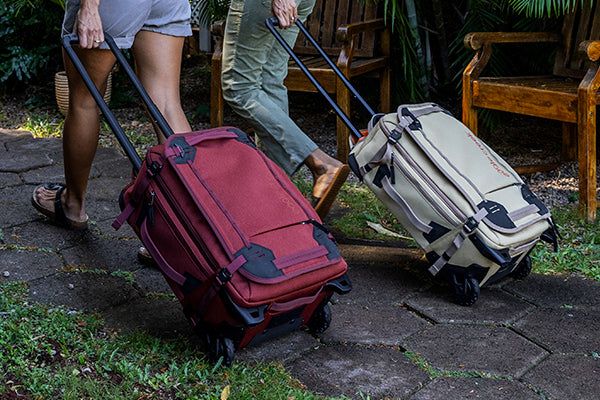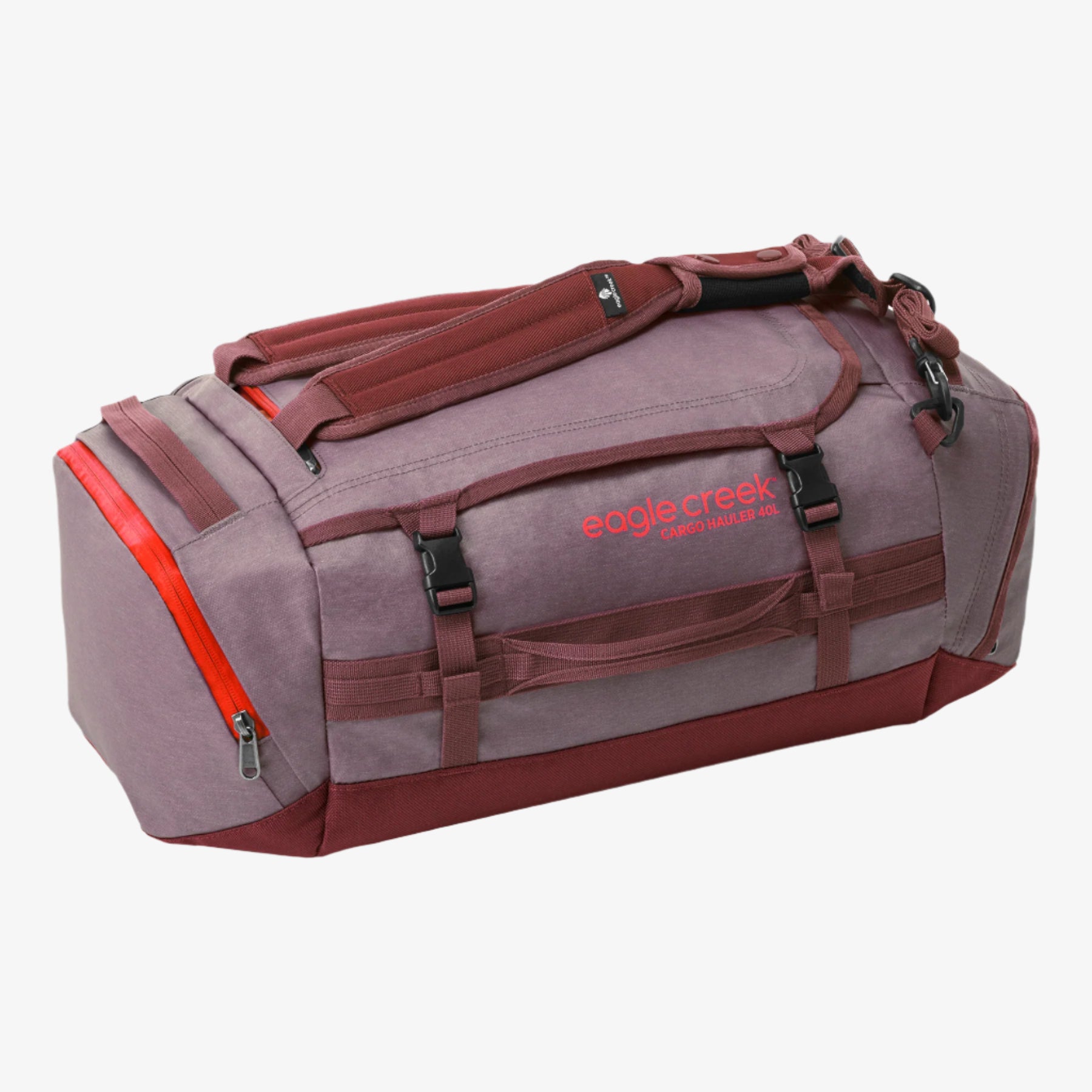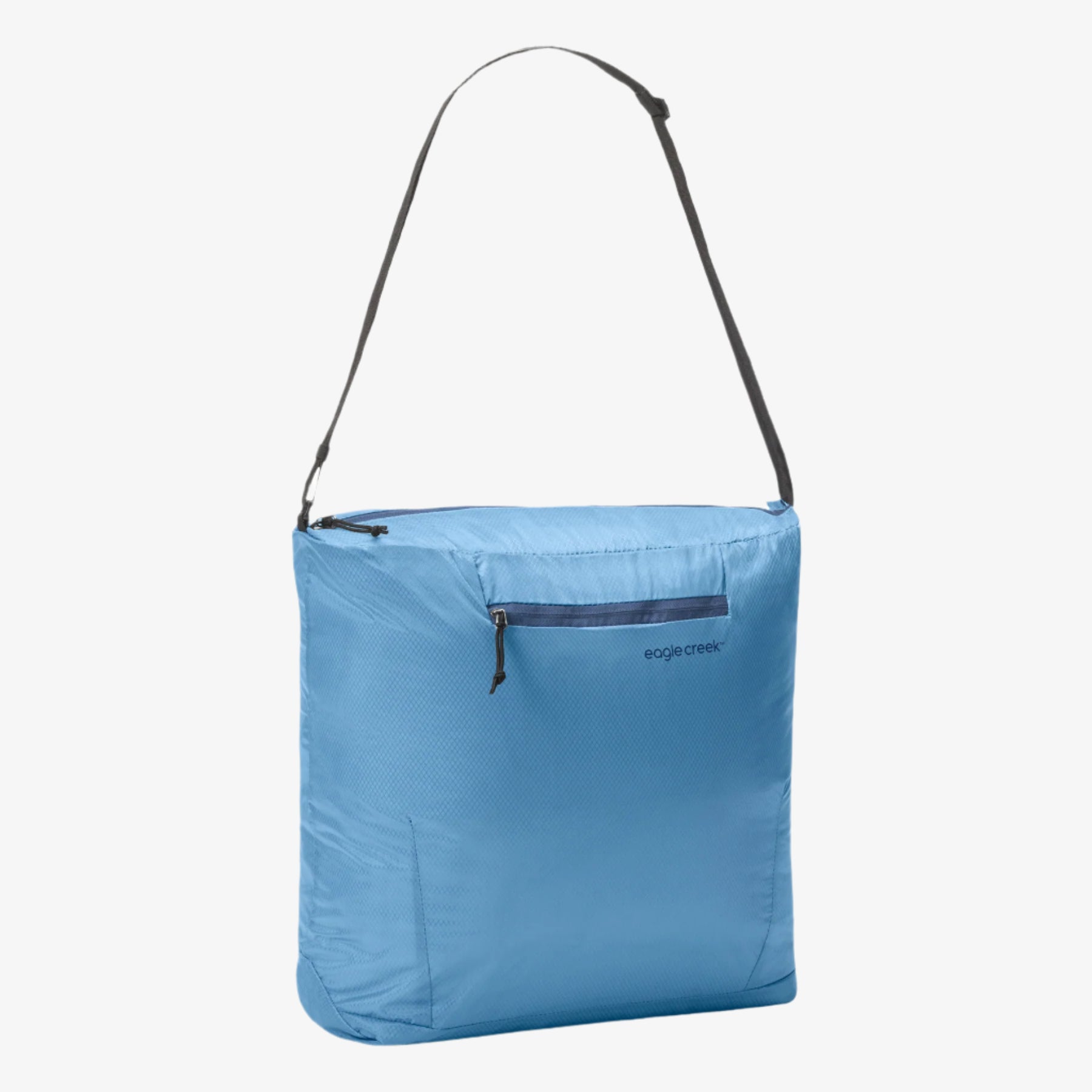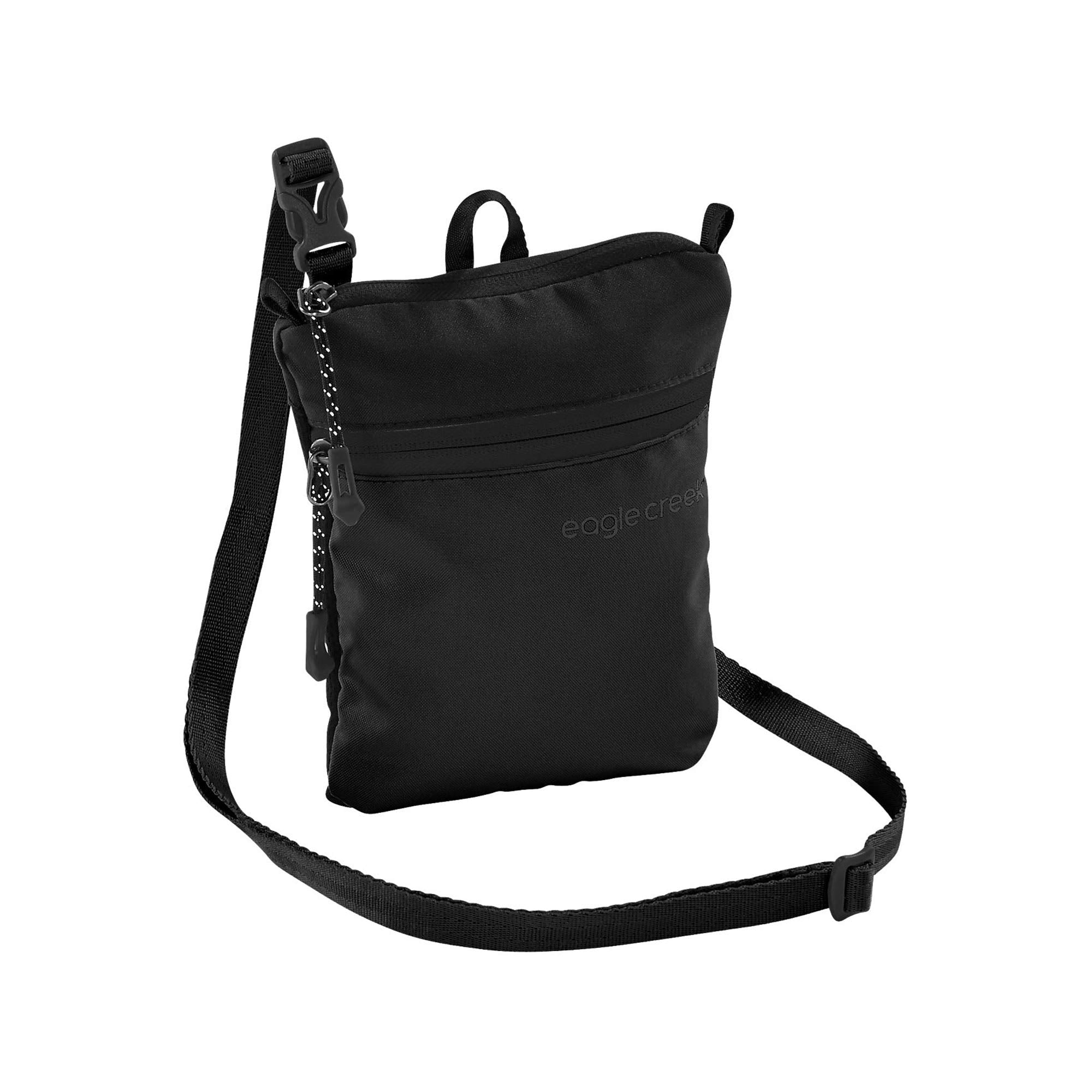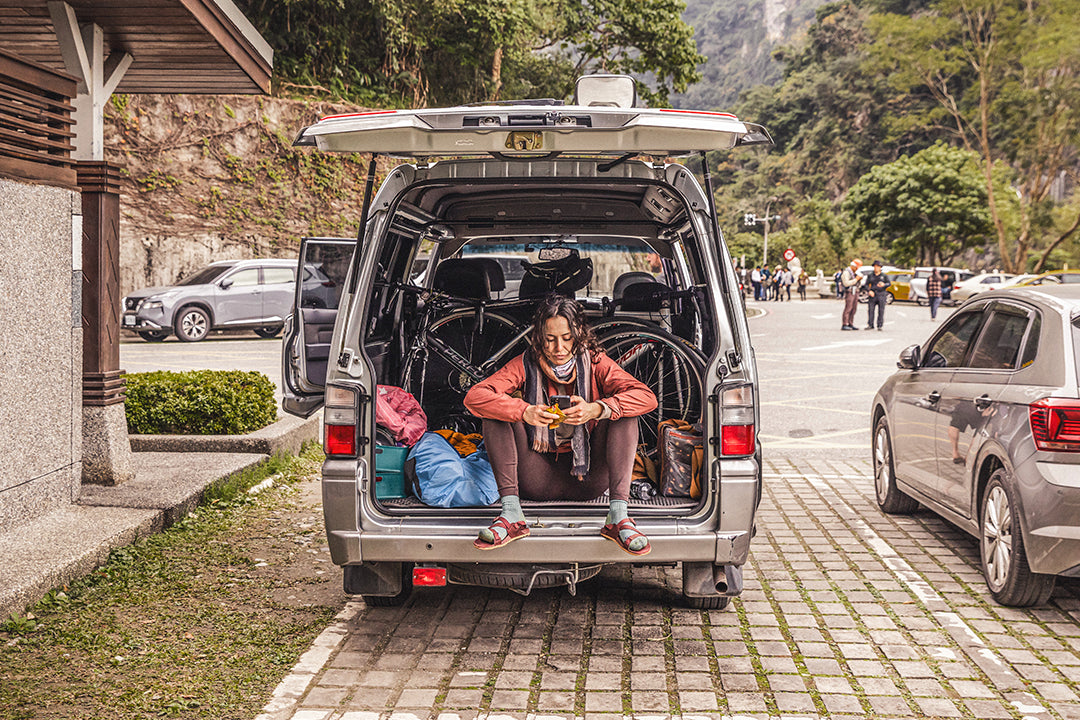April 6th, 2012
10 Urban Cycling Fun Facts

The plan for this post was to come up with a list of the most bike friendly cities in the world. As I started doing research I quickly realized that A LOT of people had this idea before I did; like the people at Nat Geo, Ask Men, Virgin Vacations and bicycling.com (twice). So rather than reinventing the wheel and writing about the same cities that all these sites already mentioned (turns out everyone seems to agree that Portland, San Francisco and all of Northern Europe are great places to live if you want to cycle to work) I’ve decided to create a list of my ten favorite facts about urban cycling. If you happen to love being on two wheels when you travel, you should appreciate this.
1. According to the urban cycling experts at Streets of San Francisco Bike Tours the city has decided to permanently set traffic lights on Valencia street to accommodate vehicles traveling at 13mph. Known as the ‘Green Wave’, this priorities cyclist while also forcing cars to travel at slower, safer speeds on the heavily trafficked commercial corridor between 16th Street and 25th. Modeled after similar endeavors in Copenhagen and Amsterdam, the pilot project was made permanent in January of 2011.
2. Speaking of Copenhagen, the city’s Nørrebrogade is the busiest bicycle street in the western world, accommodating up to 38,000 cyclists each day. The street even has separate lanes, one known as the ‘conversation lane’ for slower riders.
3. South American cities rarely get mentioned for their bike friendliness but with their weekly Ciclovia, Bogota, Colombia is working to buck that trend. Every Sunday and national holiday 75 miles worth of city roads are closed off to motorized vehicles leaving cyclists and pedestrians free to explore. With roots that supposedly date back to 1976, the event attracts an average of 2 million people and includes live musical performances, yoga classes and group aerobics sessions. Similar ciclovias have started up in Quito, Lima, Mexico City and Rosario, Argentina.
4. The state of Michigan passed a law requiring that 5% of the money raised by state gasoline taxes be used towards non-motorized transportation.
5. Portland's Create-a-Commuter program is the first project in the United States that provides low-income adults with commuter bicycles as well as a session on commuter safety. The bikes come outfitted with lights, a lock, a helmet, a pump, tool kits, maps and rainwear.
6. The city of Trondheim, Norway has installed a series of bike lifts to help commuters deal with the cities numerous hills (awkwardly demonstrated here)
7. Copenhagen is so bike friendly it makes my list twice. Surveys show that 36% of the city’s workforce cycles to work while only 27% drive cars. These commuters can park their bikes at any of the 125 bike parking racks where you can also rent bikes for free (you pay a small deposit that is refunded when you return the bike).
8. Montreal was the first North American city to offer an urban bike share known as the Bixi Program. Bixi was so successful it has now spread to Boston, London, Melbourne, Minneapolis, Montreal, Ottawa, Toronto and Washington, D.C. as well as the campus at Washington State University.
9. Nearly 40% of all commutes that take place in Amsterdam are on a bike.
10. The city of Louisville, Kentucky is currently constructing a 110 mile cycling path around the outside of the city that will connect many of the city’s existing and future parks. Known as the Louisville Loop, roughly 30% of the path is already open with additional sections to be opened later this year. The Loop is part of a larger plan known as City of Parks that aims to add 4000 acres of park space to the city. Now tell us, what are other fun facts you'd add to this list?

